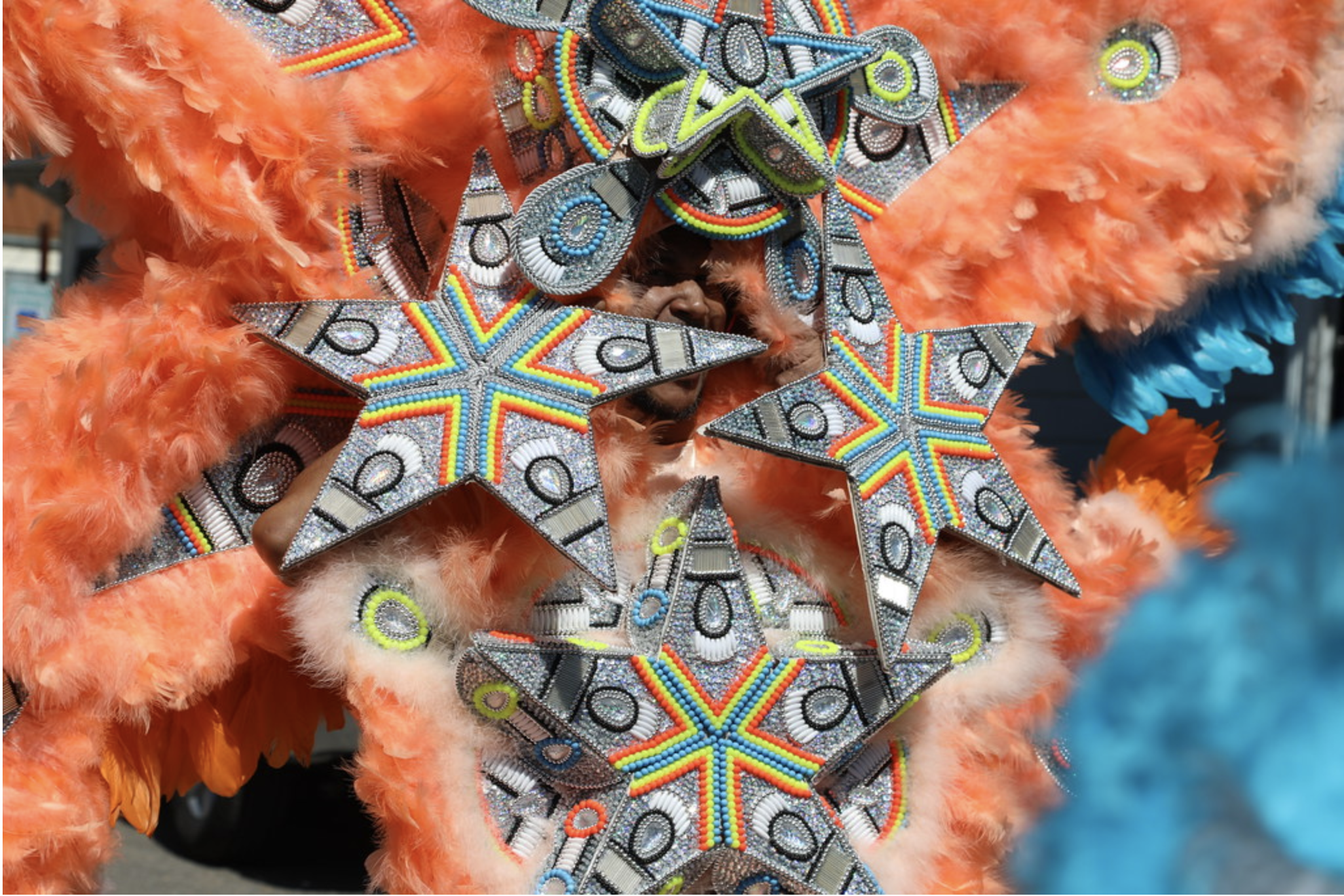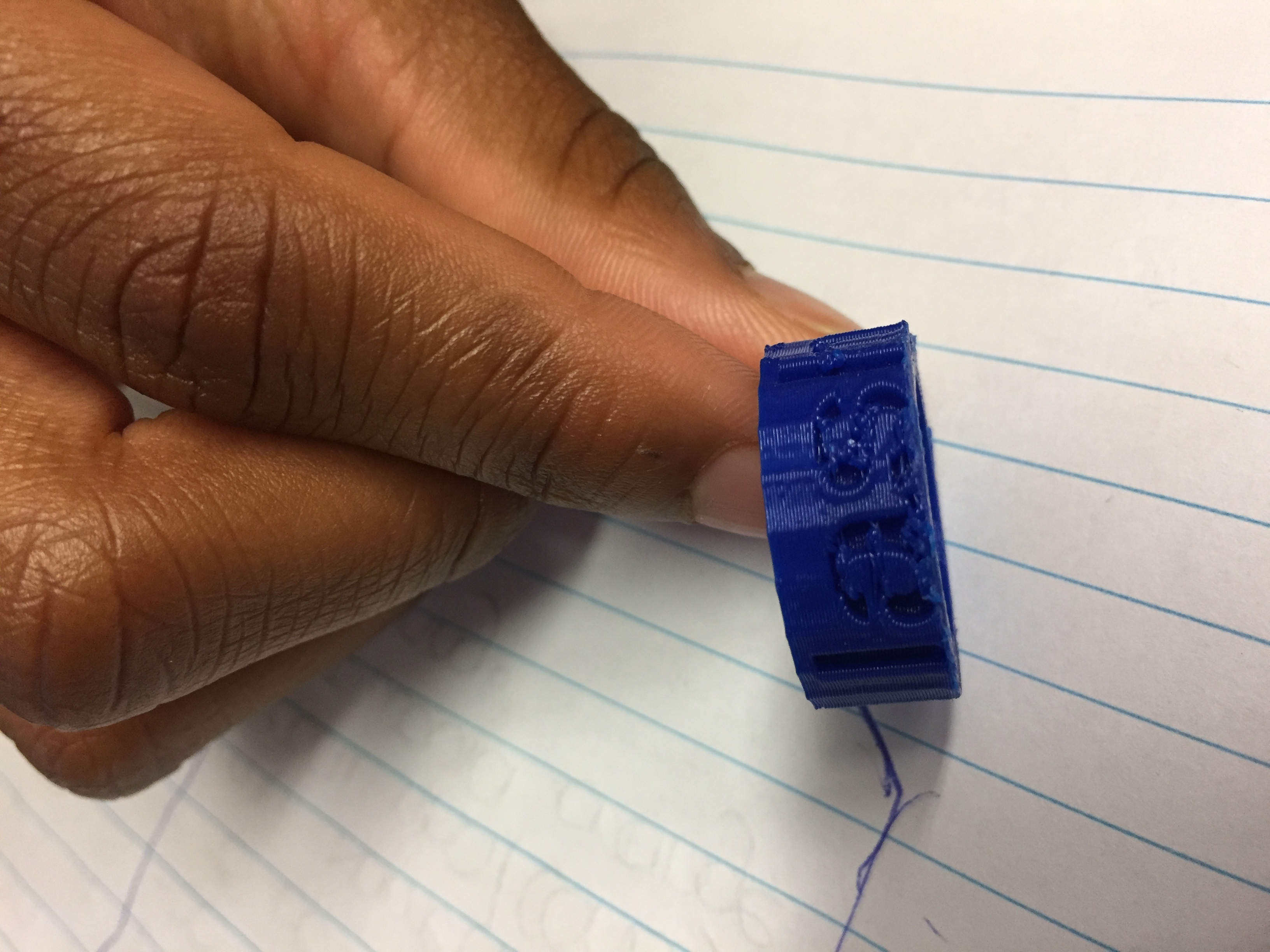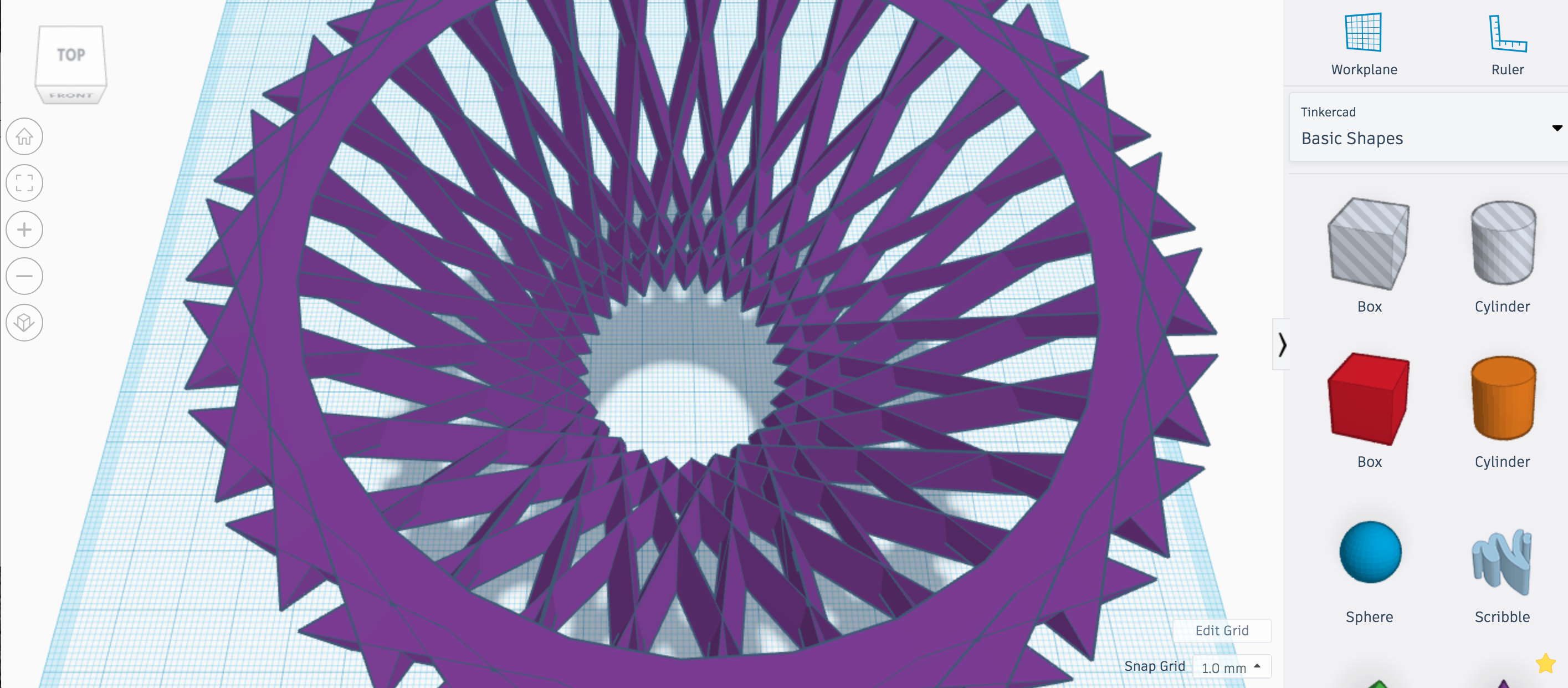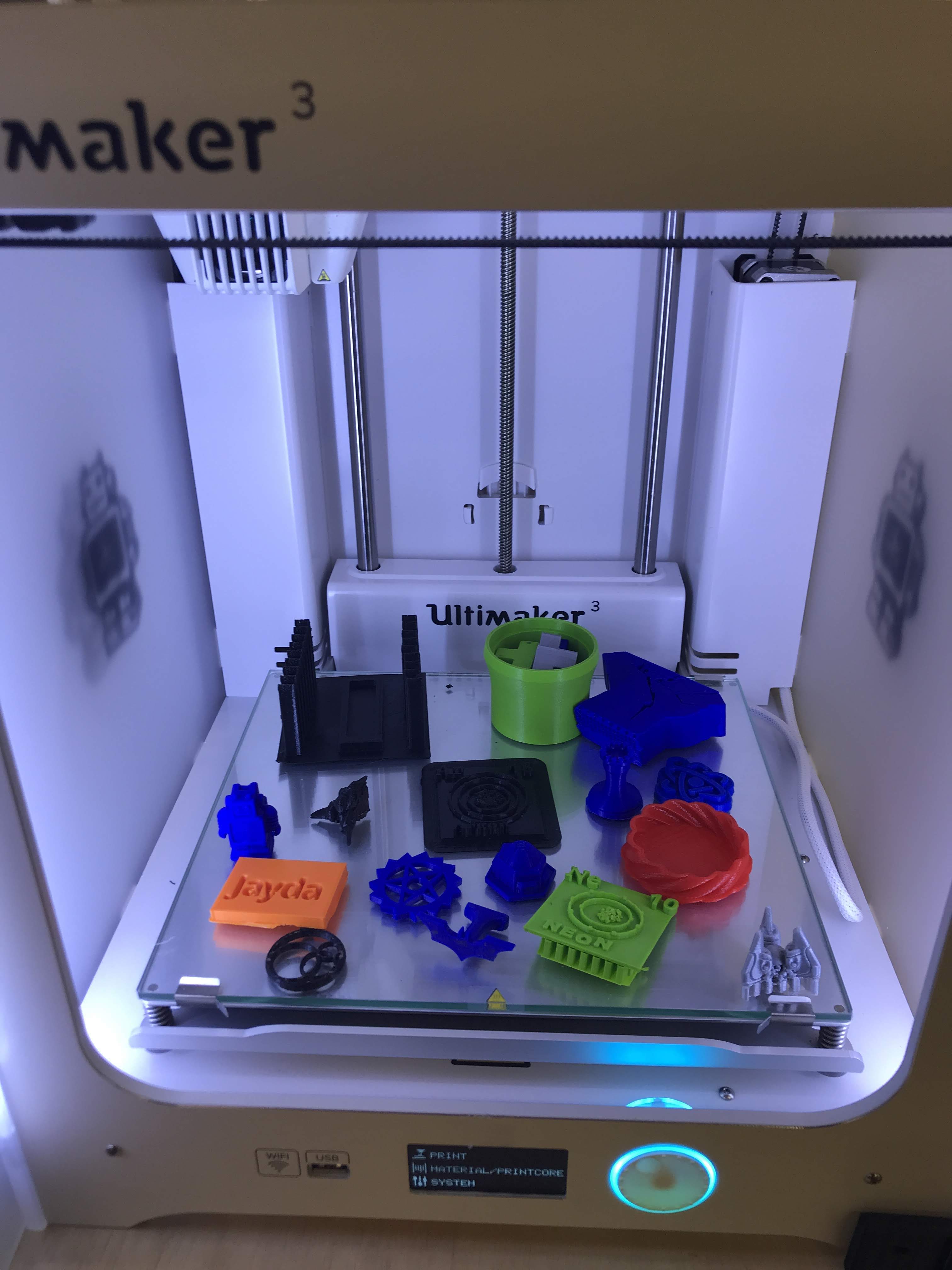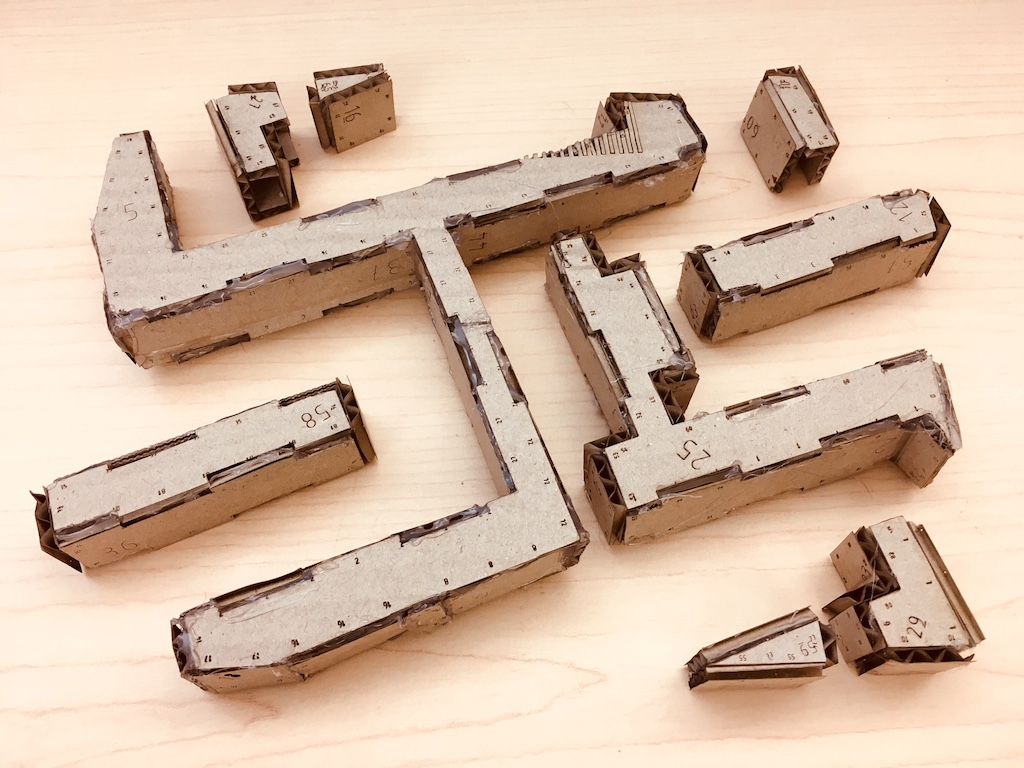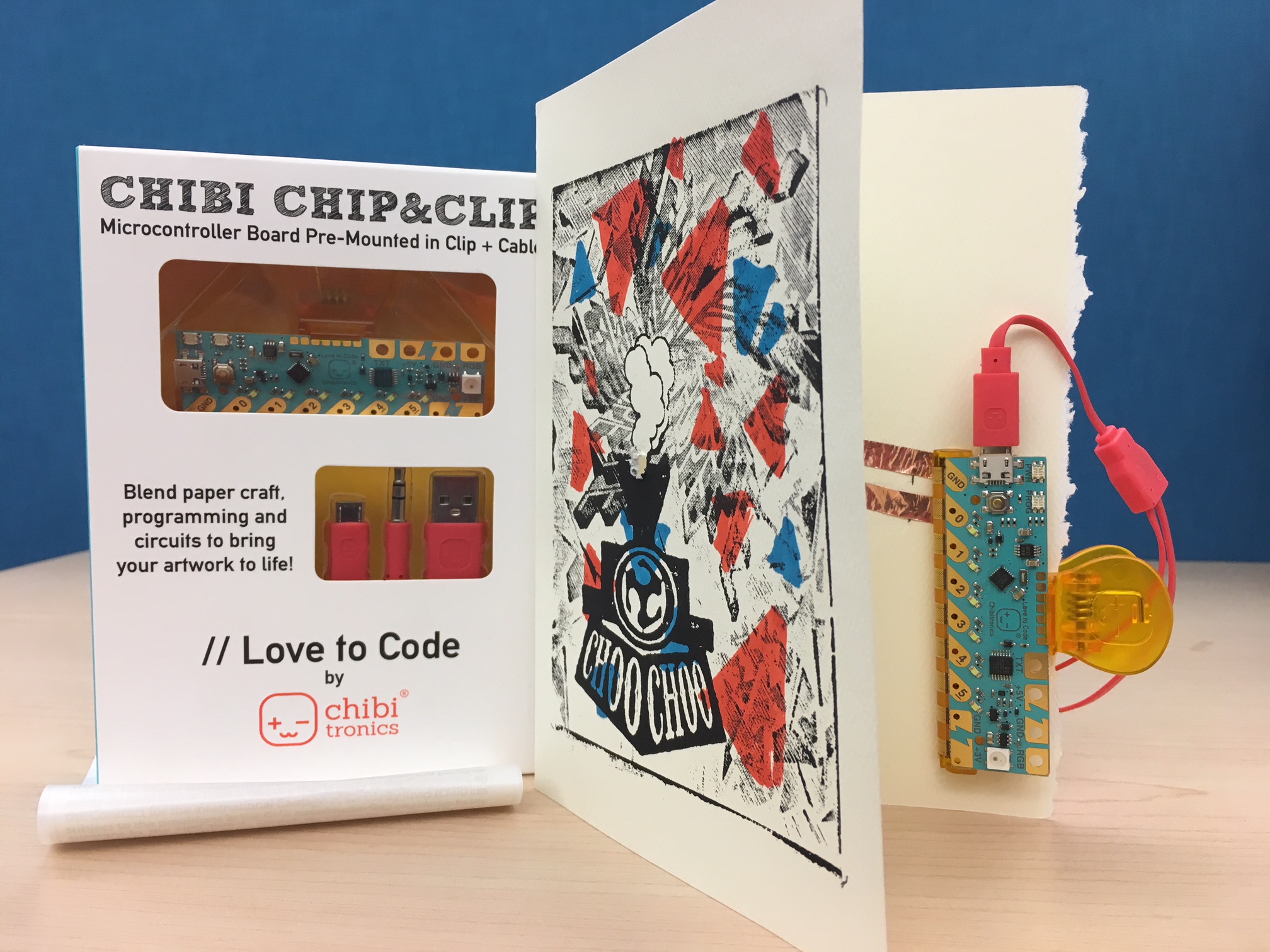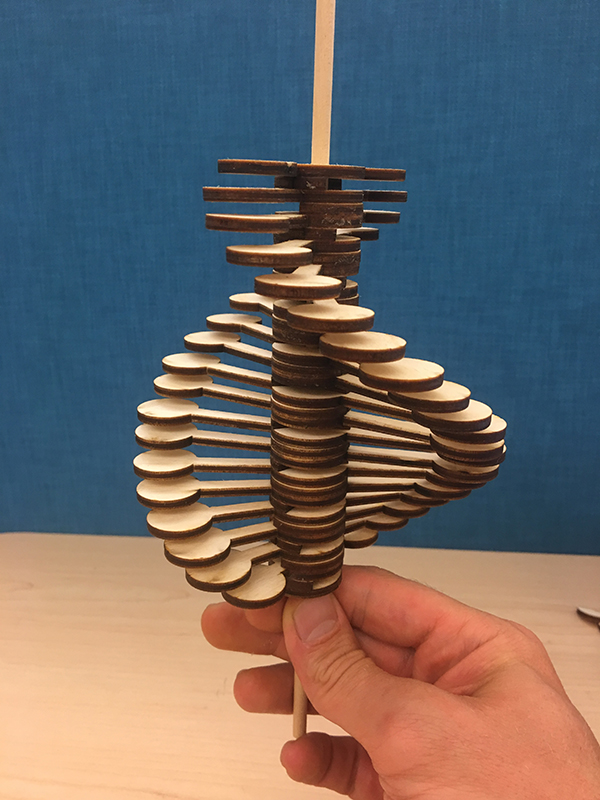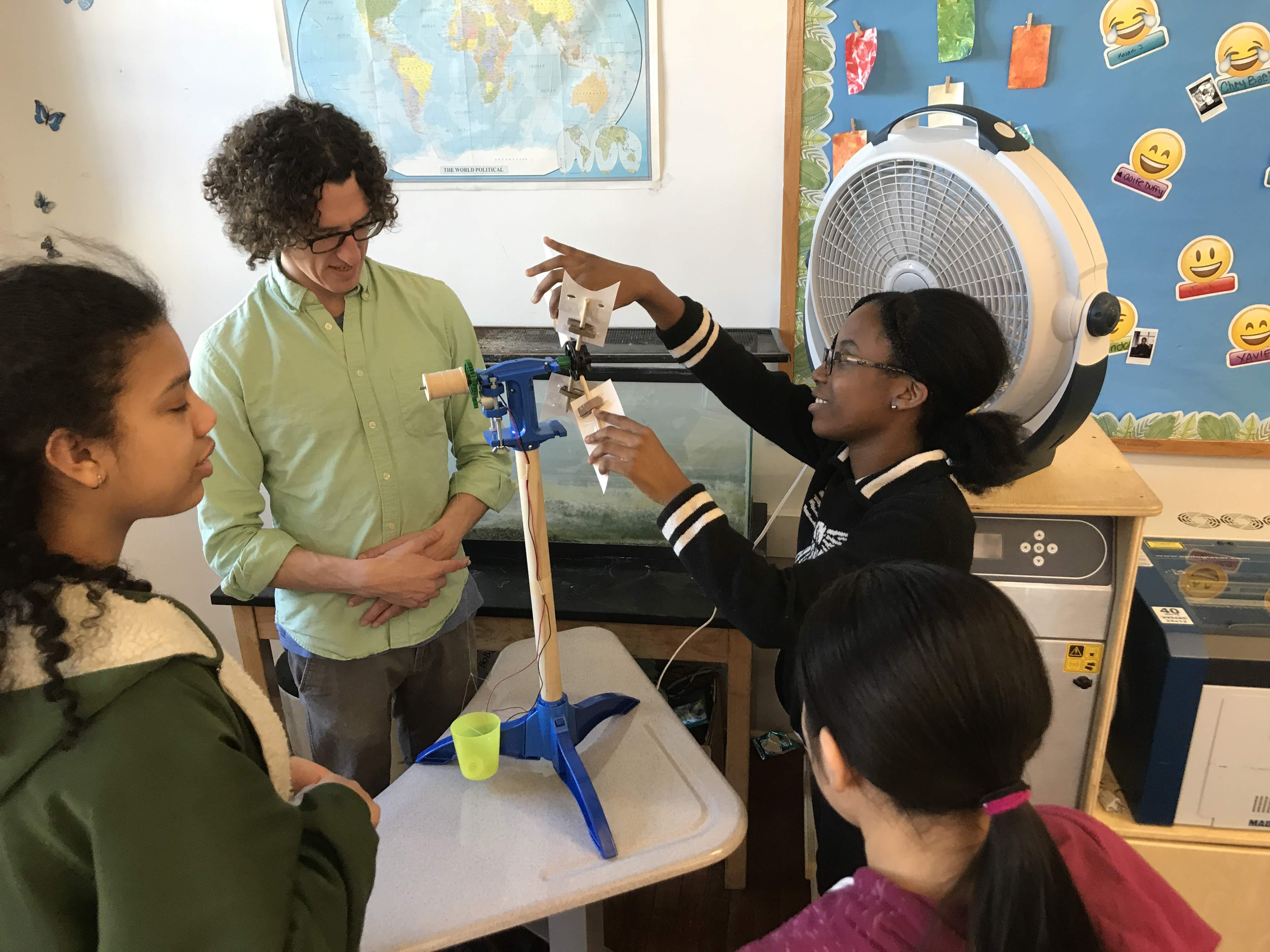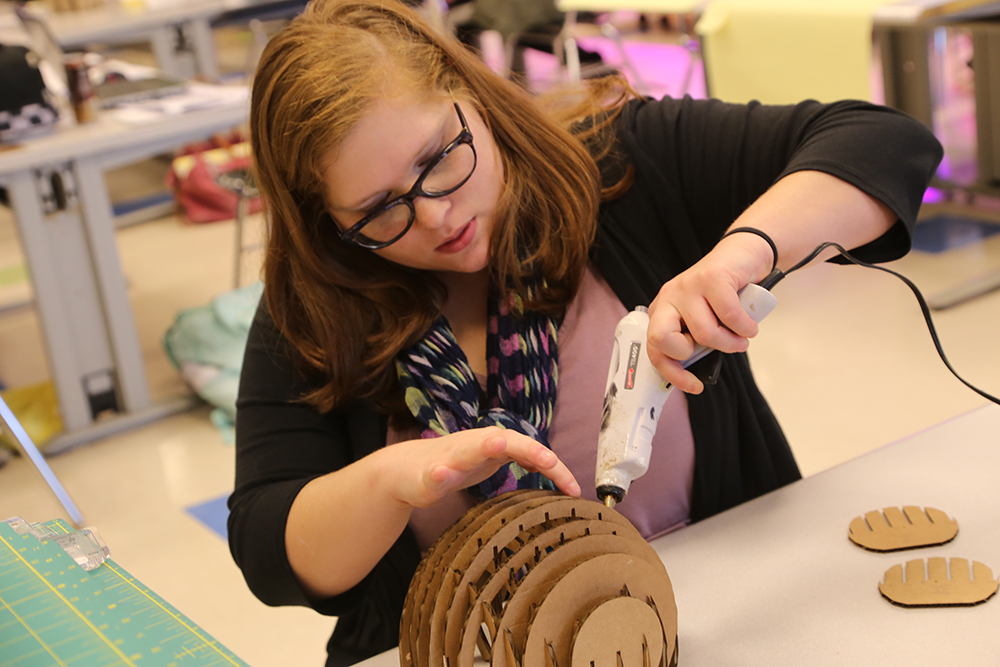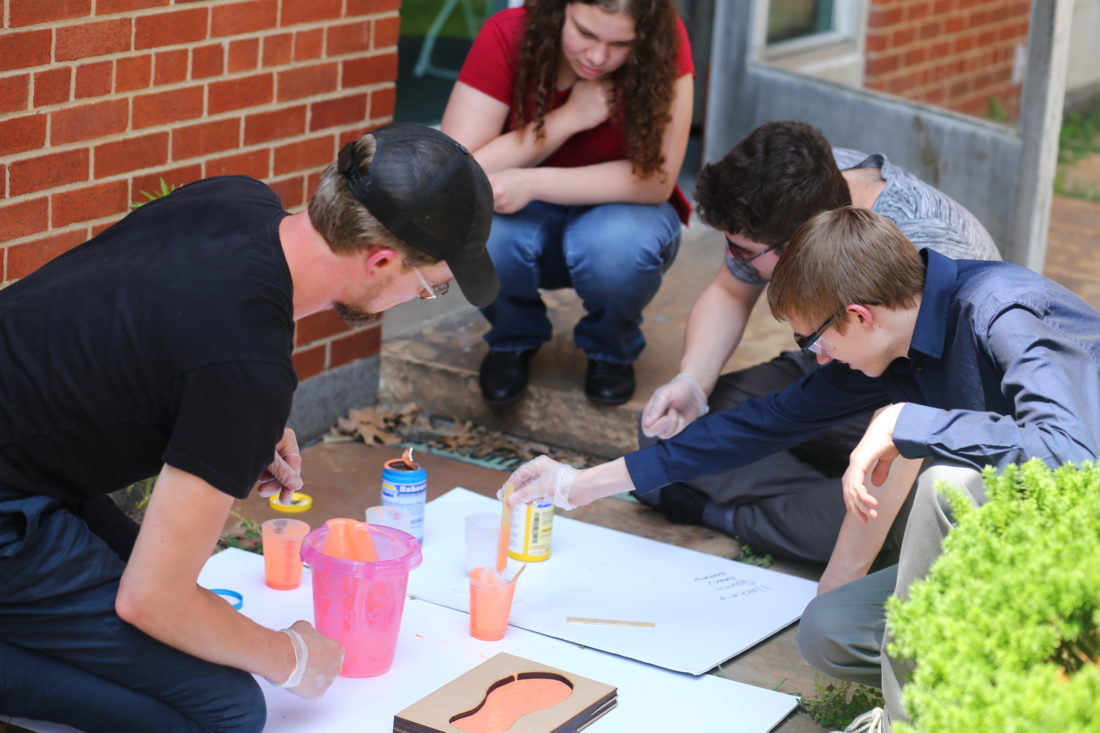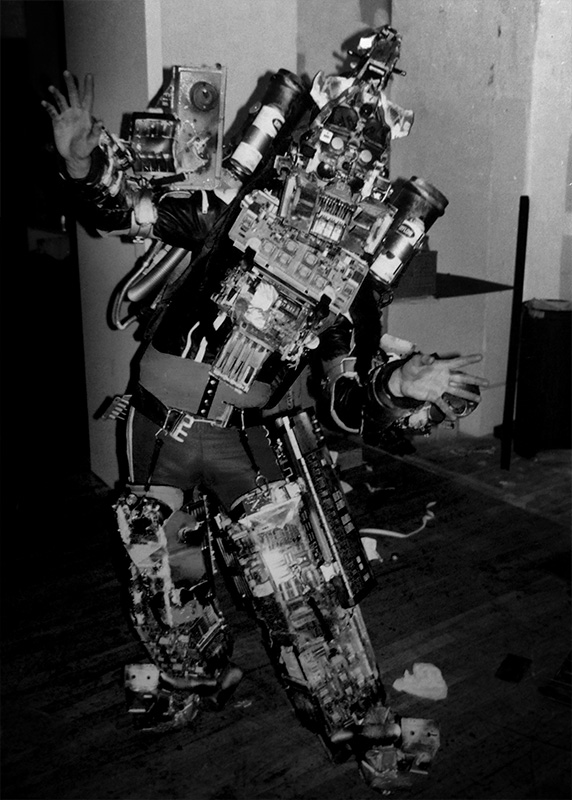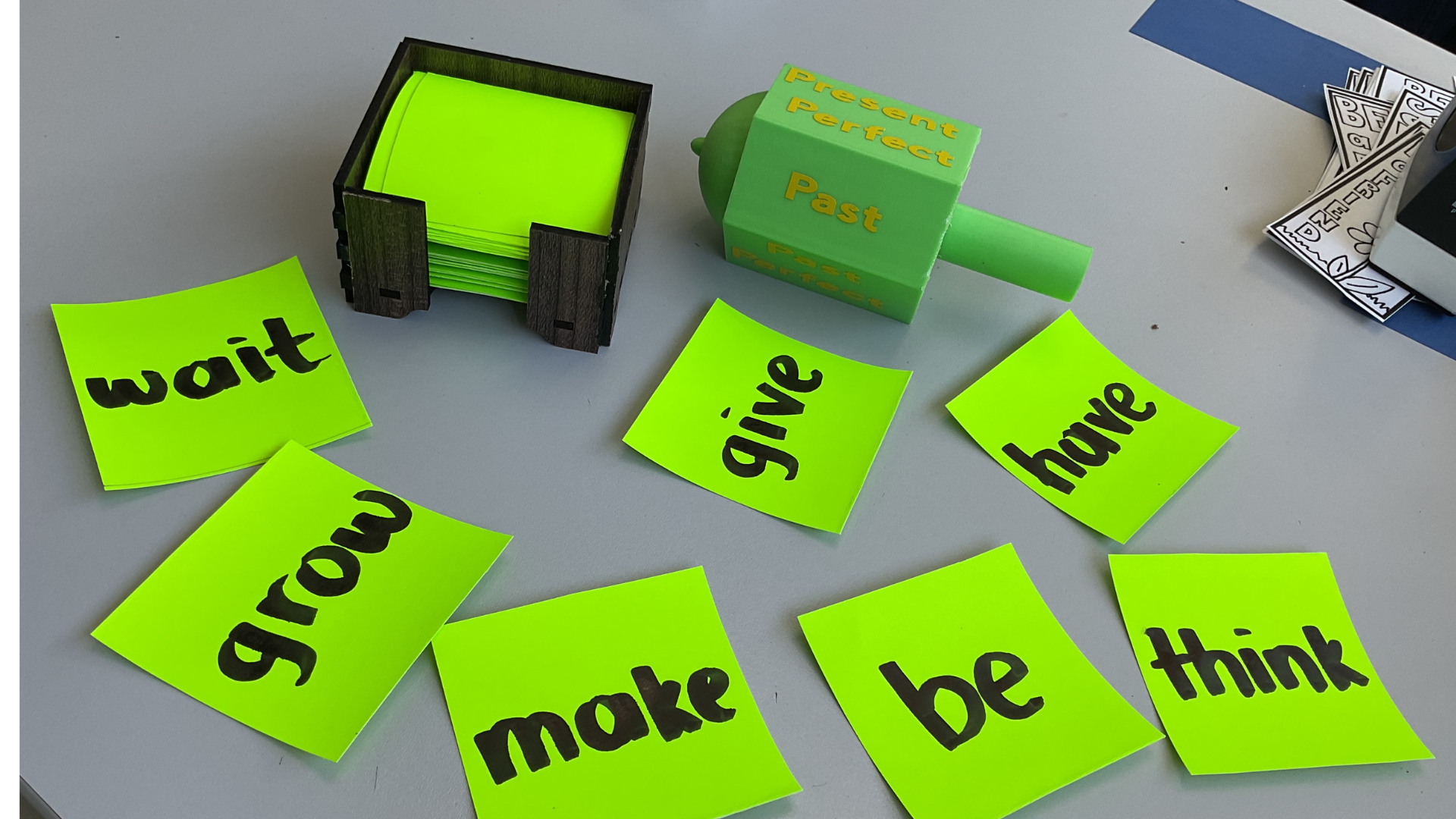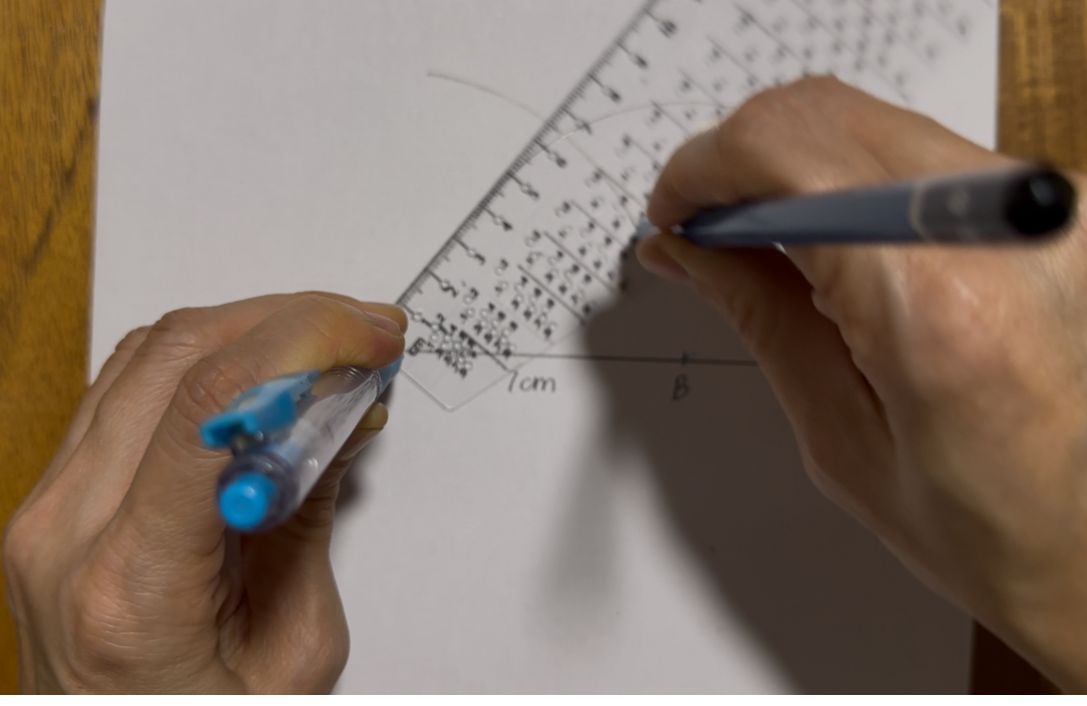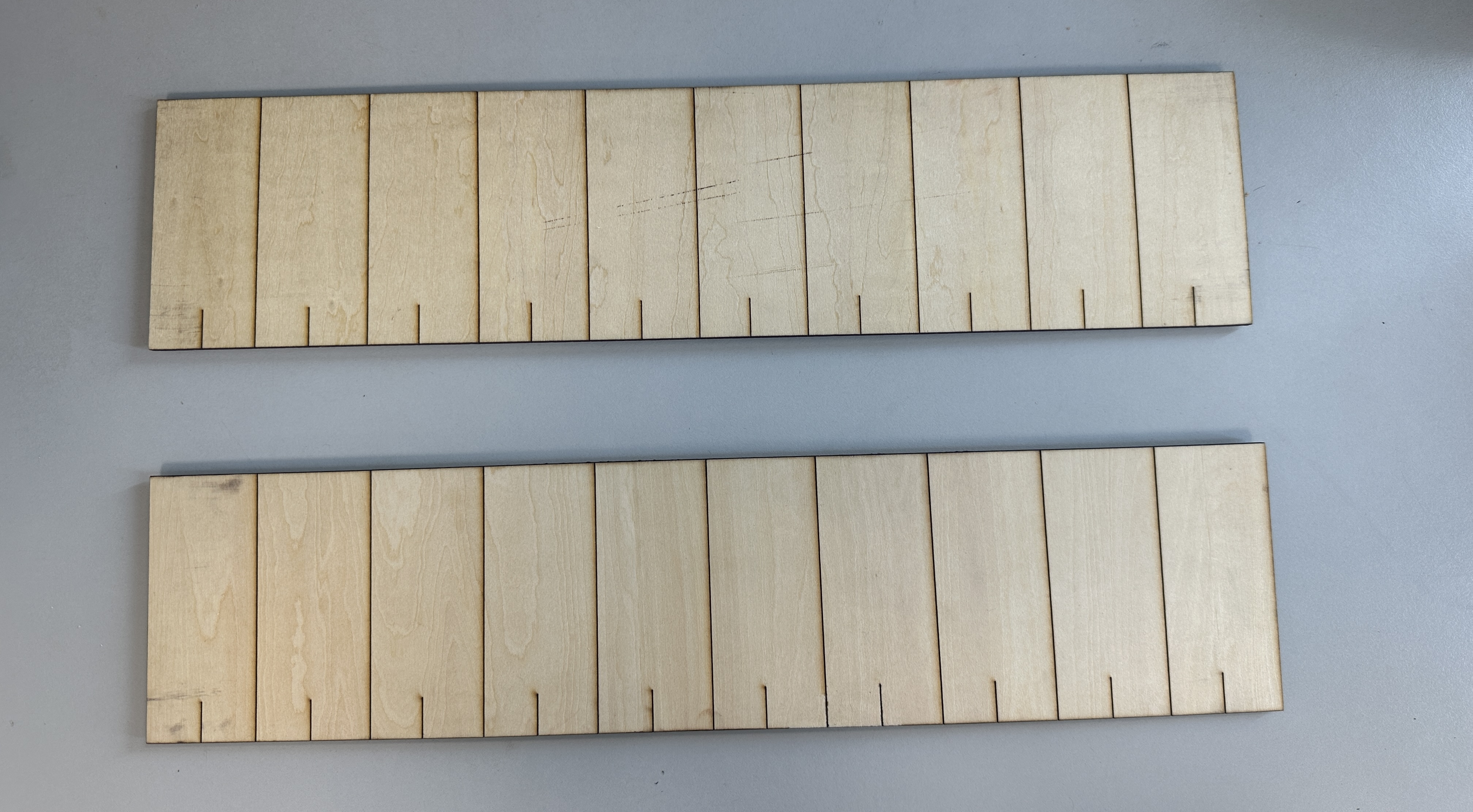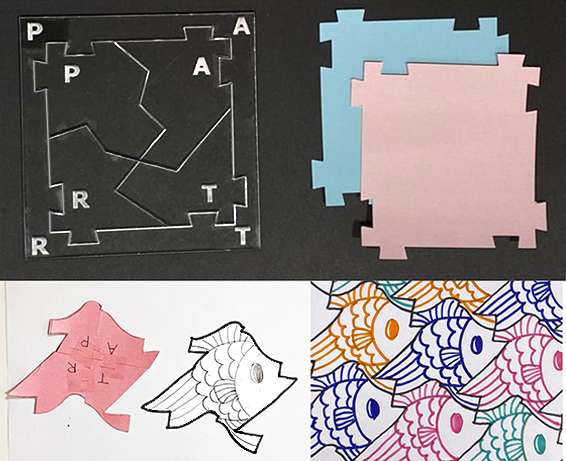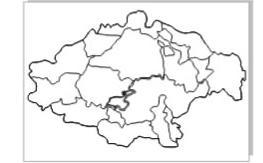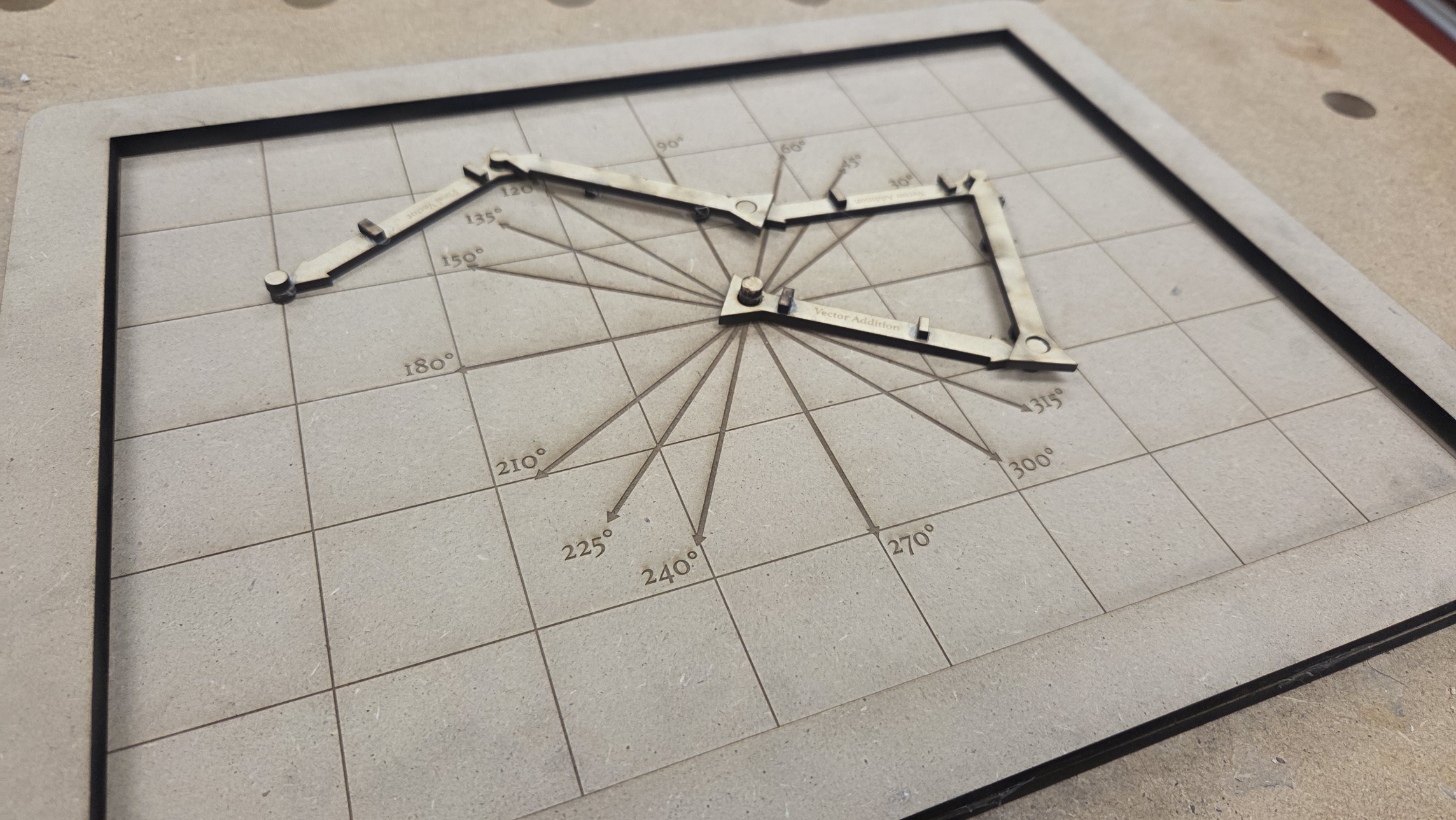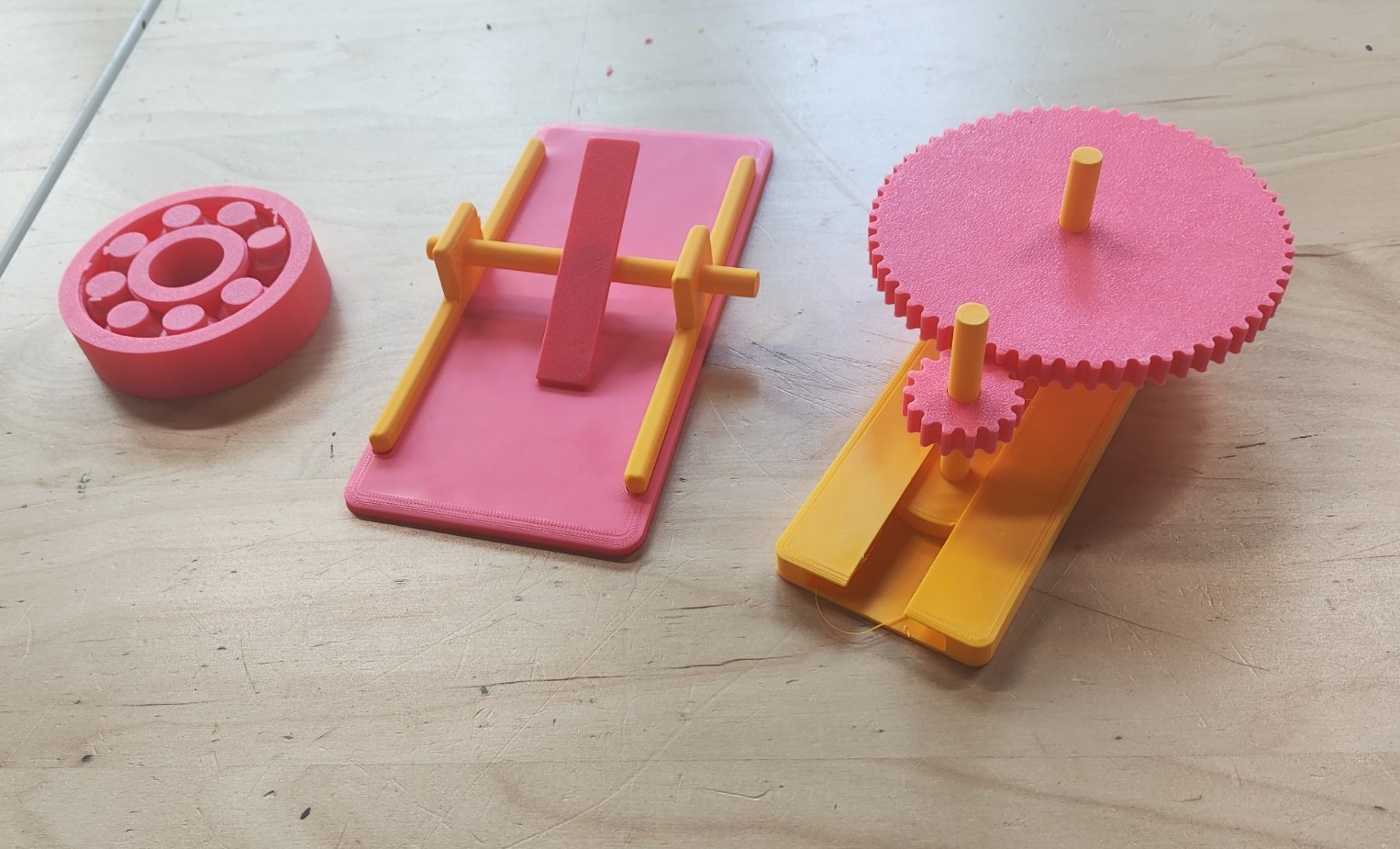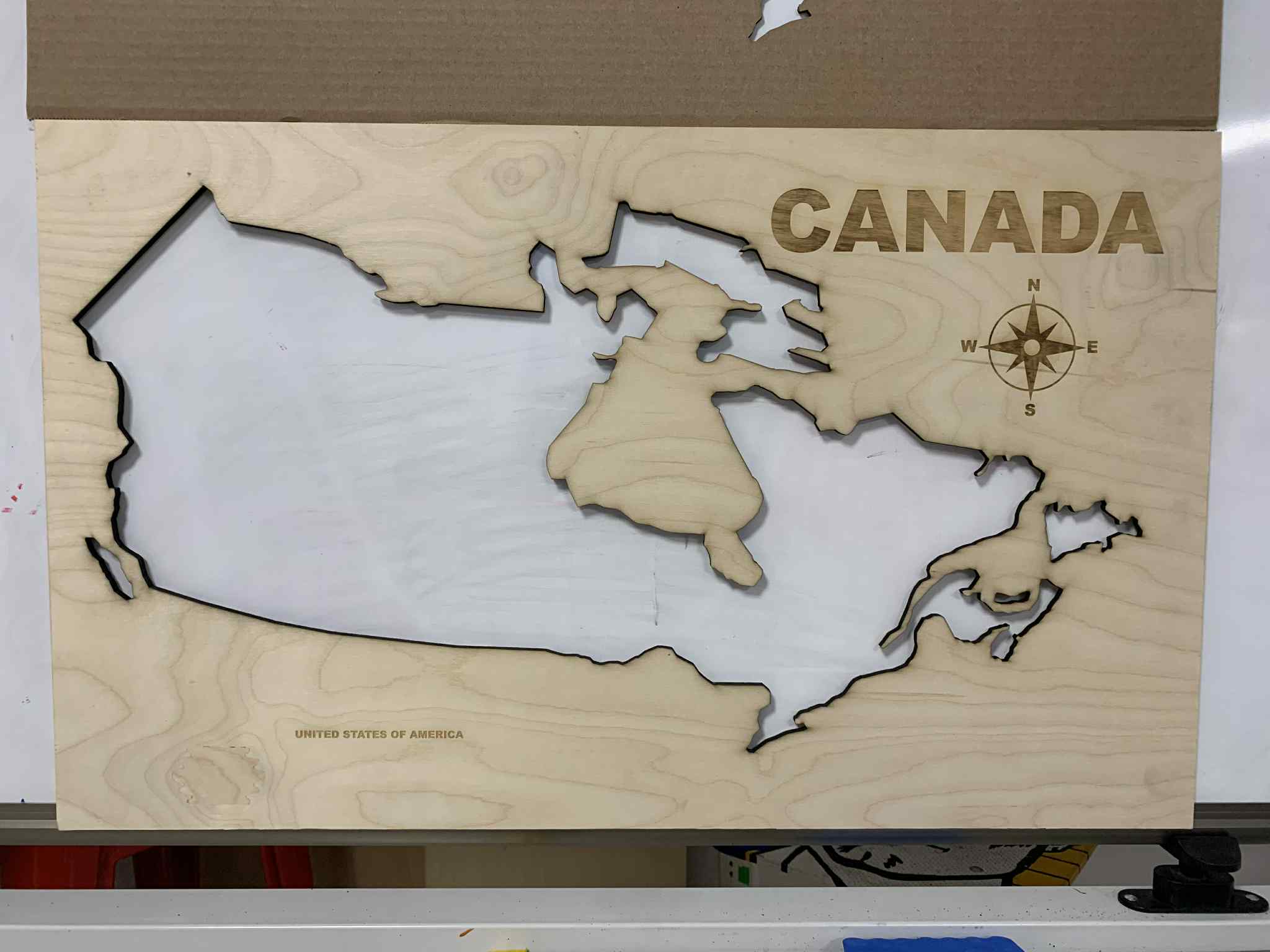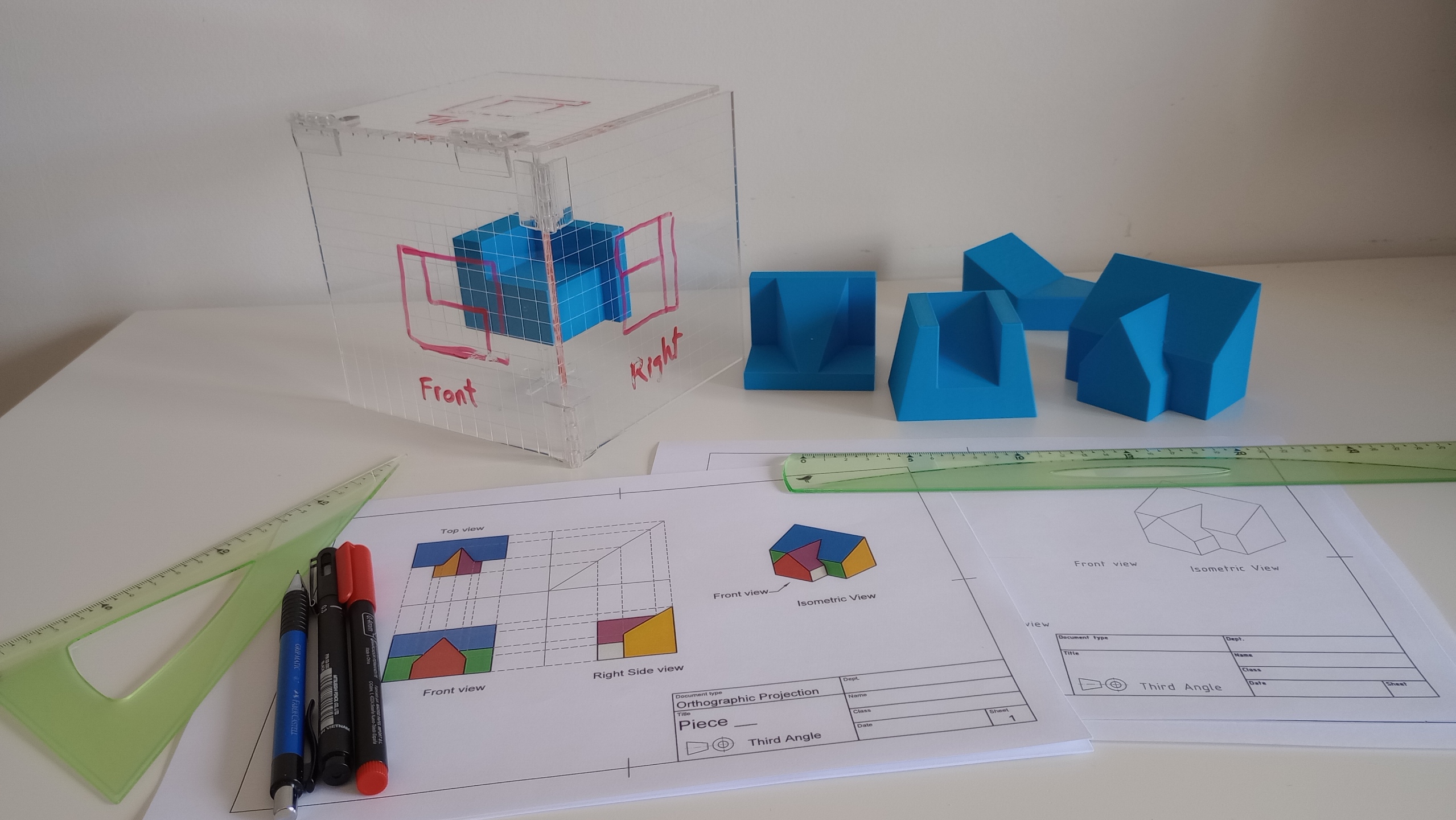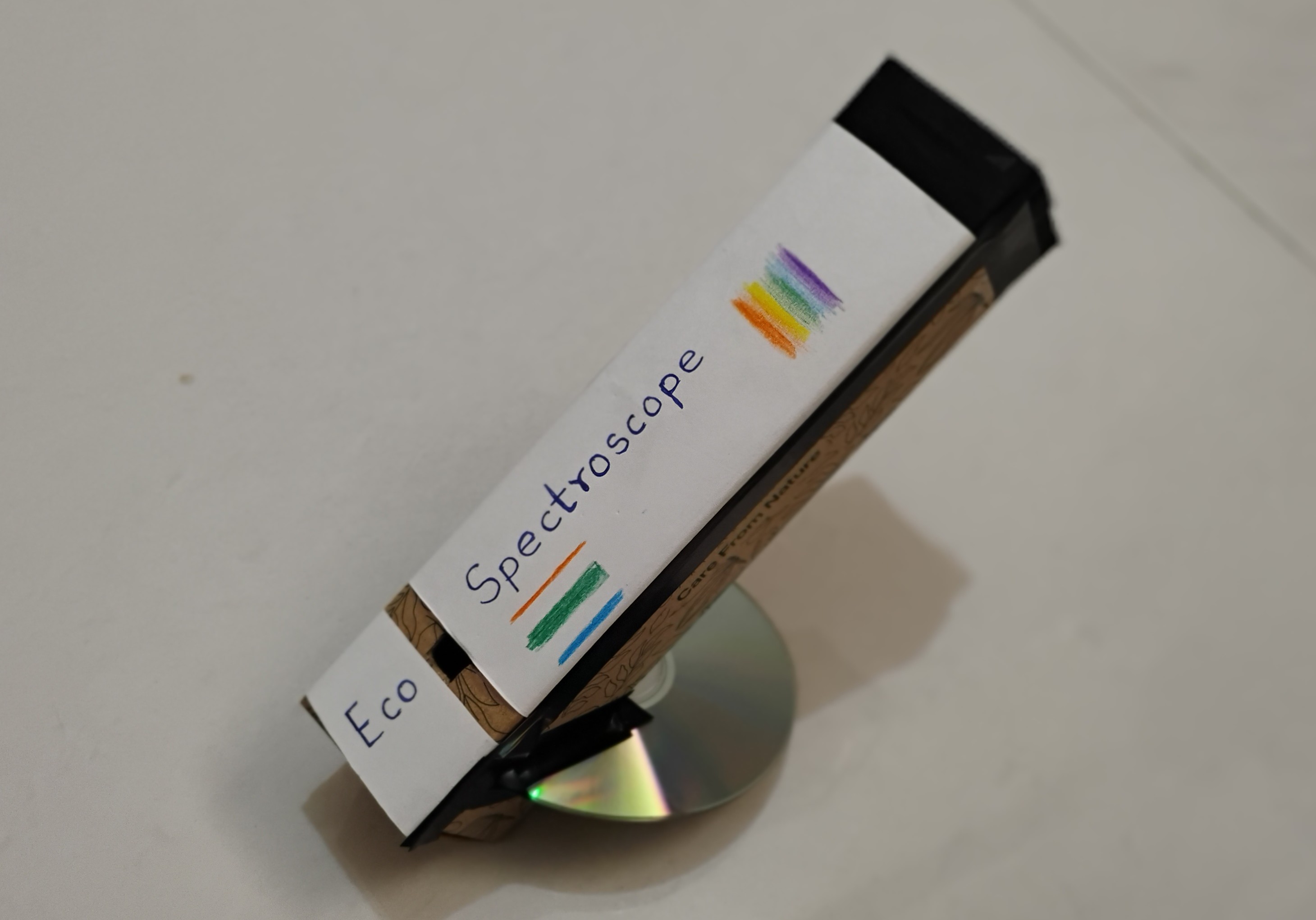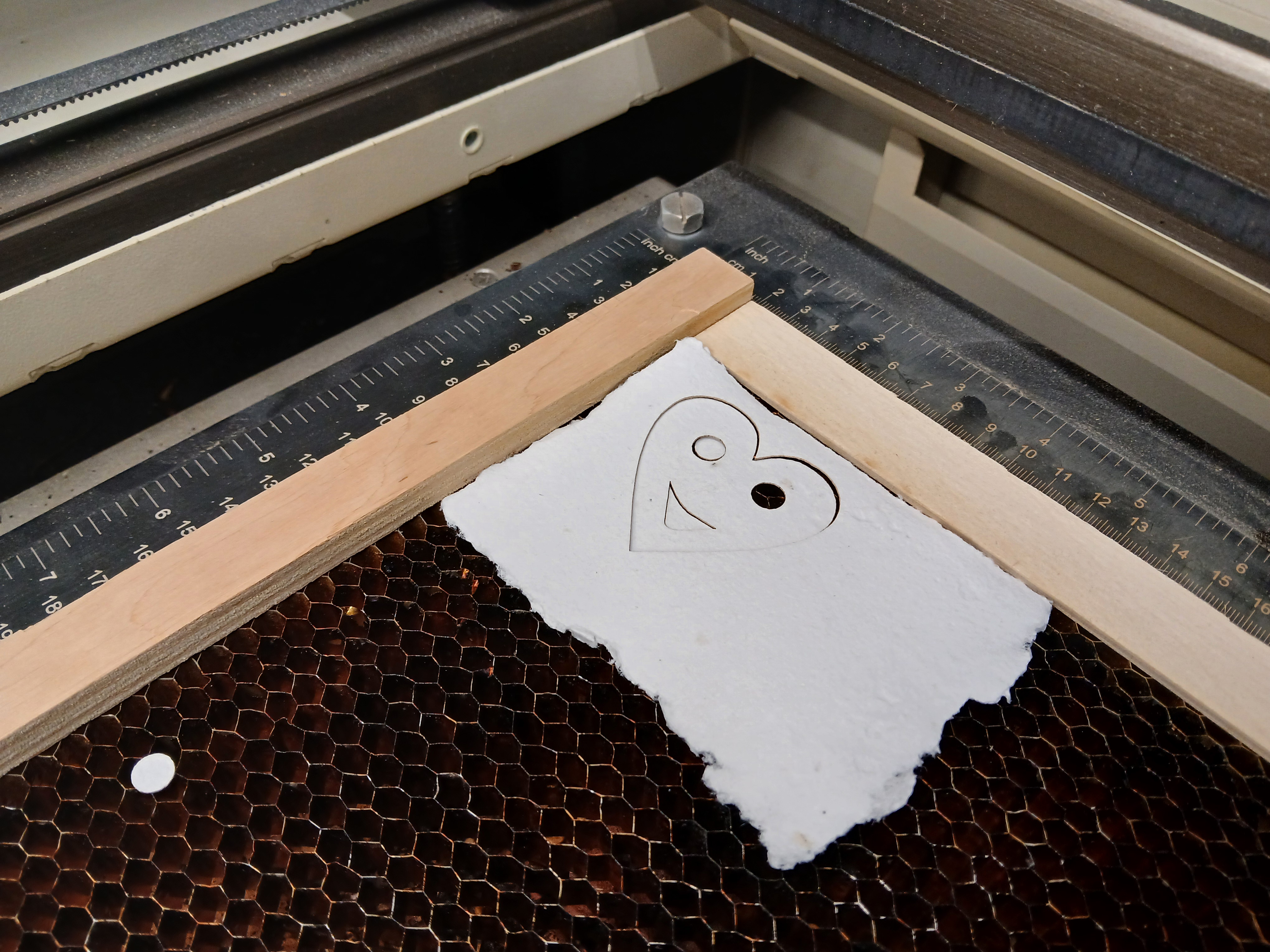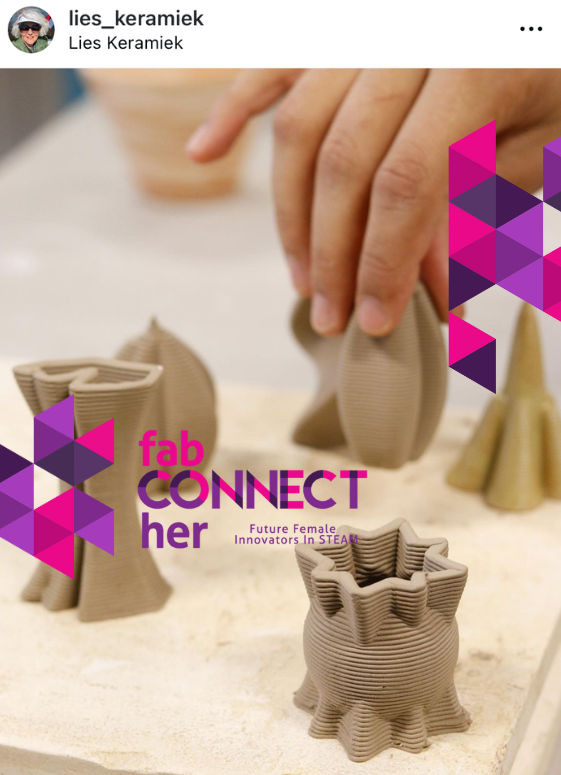Making a Mardi Gras-Inspired Patch Using Algorithmic Design
What is an algorithm? How can algorithms be used to create cultural designs and 3D models? This lesson explores these questions by using visual programming to help students explore computational…
Ring Ceremony: Custom 3D Print Rings
Rings are customizable, simple objects to 3D print. Over the course of five classes (hours), students will design and print rings to wear and share with classmates. This lesson uses…
Biomedical Engineer – Middle School Remix
This lesson reflects on “Everyday in the life of a Biomedical Engineer” What does a Biomedical Engineer do? Biomedical Engineer Conduct research, along with life scientists, chemists, and medical scientists,…
Coding 3D Models Using Tinkercad Codeblocks
Inspired by contemporary South African baskets and hats, this activity explores craft through computation, 3D modeling and 3D printing. Students will use object-oriented computer programming, meaning they will place a…
Lesson Landing Pad: 3D Printing
This is a new type of lesson page! Instead of serving as a place to find a singular lesson about 3D printing, this is a page that will serve as…
tarukantohku: Digital Design Rooted in Storytelling Tradition
The purpose of this lesson is to promote collaboration between educational and cultural programming, specifically for the Tunica-Biloxi Tribe of Louisiana. The Tunica-Biloxi are a federally recognized tribe with population…
Music & 3D Modeling: From James Brown to Architecture
Black History Month recognizes the heritage, accomplishments, and culture of African Americans in the United States. In honor of this month, this project combines black music, 3D modeling and laser…
Tinkercad & Chibi Chip Electronic Cards
This “Hour of Code” project is part of Computer Science Education Week from December 3 – 7 but the lesson can be done any time of the year. Students explore…
Finding Fibonacci in the Helicone
Leonardo of Pisa (c.1170–c.1250), also known as Fibonacci, is often considered the most talented mathematician of the Middle Ages. In this lesson students discover the mystical nature of the famous…
Wind Turbine STEM/Digital Fabrication Challenge
Enhance your subject area content and career connections by using digital fabrication to design and make blades for a wind turbine.
From Digital to Physical: Geometric Translations
In this guide you will learn to develop a general workflow between 3D modeling softwares and planar assembly techniques for laser cutting using geometric translation tools. This guide will focus…
Fab Sneakers Workshop
Fabricating shoes presents fun opportunities for student to learn principles from design and mathematics while they explore digital fabrication process such as 3D modeling for 3D printing, laser cutting for…
Wearable Tech in Afrofuturism
Afrofuturism encompasses a wide variety of creative explorations across numerous fields – music, art, film, and literature – over nearly a half-century in black culture. This lesson plan explores the…
Child Designed Furniture
Creating classroom furniture with children is one example of a successful scaffolded fabrication activity that can be an empowering experience for young children. This experience includes adults working alongside children…
Dora Milaje Tabi Boot
This lesson originates from Ruth Carter’s approach to costume design for the Black Panther film. Students will create a pattern using software to be laser etched into soft material that…
Wakandan Bling
This lesson is inspired by different designers’ approaches for the Black Panther film. For example, LA-based designer Douriean Fletcher curated a special set of jewelry such as beaded bracelets, necklaces…
Geometric Light Art
In this 3-hour lesson, students design and create layered geometric paper artwork enhanced with a simple LED circuit. Using Inkscape, students construct simple geometric compositions such as circles, polygons,…
November 27, 2025Verb Tenses
This lesson has been designed for students to work in learning centers. Four centers where kids are going to improve writing skills through different activities and work independent with the…
November 9, 2025Kinetic Stories: Bringing Art to Life with Simple Machines
This lesson invites students to merge creativity, storytelling, and engineering through the design of a moving automata. Students explore how art and motion can work together to express ideas, emotions,…
November 7, 2025RulCompass = Ruler + Compass
This is a prototype of a mathematical tool designed using Digital Fabrication for Students. When teaching Geometrical Construction to 13-year-olds, students typically need to purchase a compass, which can…
November 5, 2025Decimals (Rounding off)
In this lesson, students explore rounding off decimals using number lines. In the past, number lines was drawn on the whiteboard to help students visualise rounding positions. To enhance…
November 3, 2025The Art of Tessellations
In this art lesson, students are introduced to the concept of tessellations through the works of M.C. Escher. They learn how repeating shapes can fit together without gaps or overlaps,…
November 3, 2025Armenian History: Easy with FabLab
During the lesson, students consolidate their previously acquired knowledge. For this purpose, a puzzle map is used, marking the regions of Great Hayq, an ancient Armenian province. This activity emphasizes…
November 2, 2025Vector Addition with Laser Cutting
[PRE-CLASS] Cut pieces with laser cutter; vectors should be cut from 3.15mm Trotec MDF, while board can be assembled with either 3.15mm or 6.25mm Trotec MDF. Review 2D vectors with…
November 1, 2025The Workings of Mechanisms
Students will be able to experiment with different kinds of mechanisms and observe how their different pieces interact and work together.
October 31, 2025Mapping Canadian History Through Borders
In this lesson, students will explore the evolution of Canadian borders from 1837 to the present day through an interactive mapping game. Using a stencil of Canada, they will visualize…
October 31, 2025Protect our teeth
Understand the structure of your teeth and develop good habits to take care of them.Caring for your teeth should start with daily habits, developing good practices for using and protecting…
October 29, 2025Drawing techniques: Orthographic projection
Students learn to draw orthographic projections using the three principal views of an object (front, top and right side view). We use the glass-box concept to show how views are…
October 26, 2025Eco Spectroscope – See Quantum Fingerprints of Light
Participants will learn about spectroscopy and the significance of spectra in understanding light and matter. They will observe how different light sources such as natural light, LEDs, and oil lamp…
September 22, 2025Recycling Paper into Art & Decoration
In this lesson, students explore sustainability by recycling paper into art and decoration. They begin by discussing the importance of recycling and selecting paper as their focus, then practice sorting,…
September 22, 2025Bag Tags with Inkscape and xTool
Students will create a bag tag. Students will use Inkscape to create a design to engrave on a 3×3 shape of their choice. Students will make provision for a hole…
September 19, 2025FCH – Clayprinting
The “Clayprinting” activity is part of the FabConnectHer project, which supports young women to build skills, get inspired, and find opportunities in STEAM (science, technology, engineering, art, and maths). In…
September 17, 2025STANDARDS-ALIGNED
Community contributed lessons aligned with Common Core State Standards (CCSS) and Next Generation Science Standards (NGSS) offer formal educators innovative pathways to teaching content knowledge. The Fab I Can Statements are a resource to develop technology-literate learning progressions to align with content standards.
FAB TESTED
Periodically lessons are adapted and tested by the Fab Foundation team based on a call for submissions from fabbers, educators, and makers. Our inaugural set of lessons for the SCOPES-DF project were Fab Tested in 2016 and are tagged Fab Tested on the website.
OPEN-SOURCE VALUES
Lessons are distributed under a Creative Commons CC BY-NC license, that permits free use and re-purposing by others.

